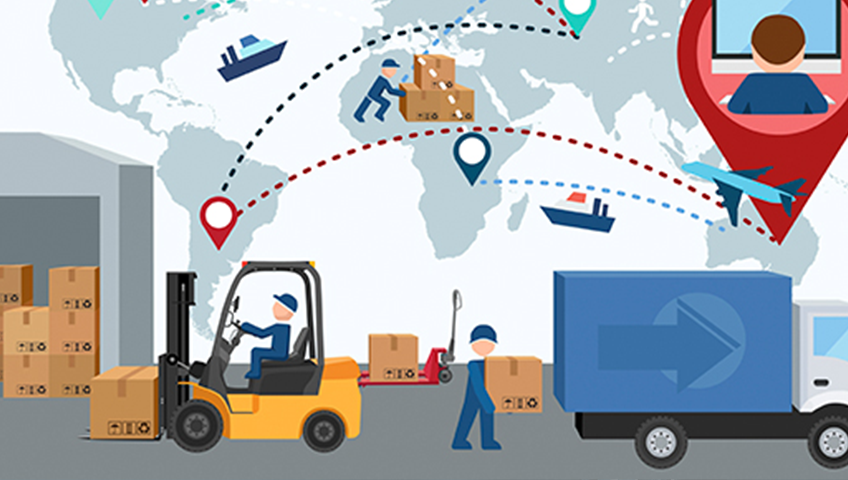Every business has unique needs when it comes to logistics. Whether you are shipping products across cities or managing a complex supply chain, having a logistics plan tailored to your operations can make a big difference. Standard solutions often fall short because they do not account for the specific challenges, timelines, and goals your business faces. Customized logistics planning ensures each step from inventory handling to delivery is optimized for efficiency, cost control, and customer satisfaction. This approach allows companies to build stronger supply chains, reduce risks, and support long-term growth with greater confidence.
Why Custom Logistics Planning Matters
Generic Logística alimentaria systems cannot always adapt to changes in your industry or customer demands. A customized logistics plan, on the other hand, is built to support your specific goals and workflows. It is designed with your infrastructure, budget, and timelines in mind.
Key benefits of tailored logistics solutions:
- Better alignment with business objectives
Custom plans ensure logistics operations directly support your goals—whether it is faster delivery, lower costs, or smoother international shipping.
- Improved efficiency and speed
Planning is based on your operational flow, allowing for fewer delays and more accurate scheduling.

- Greater visibility and control
Tailored systems offer better tracking, reporting, and forecasting tools suited to your business.
- Scalability
Custom logistics grow with your business, making expansion easier to manage.
Steps to Build a Customized Logistics Plan
- Assess Your Needs
Start with a complete review of your logistics process. Identify what is working and what is not.
- Set Clear Business Goals
Define what you want to achieve cutting delivery time, reducing warehousing costs, or improving order accuracy.
- Map the Supply Chain
Outline every step from sourcing to delivery. This helps identify delays or unnecessary costs.
- Choose the Right Partners
Select transporters, storage providers, and tech systems that align with your specific logistics model.
- Integrate Smart Technologies
Use tools like real-time tracking, route optimization, and inventory management systems designed for your needs.
- Monitor and Adapt
Continuously review performance data and adjust the plan as your business evolves.
Key Elements in a Successful Logistics Plan
- Flexible Transport Options
Multiple shipping methods can be combined to meet delivery timelines and save costs.
- Custom Inventory Control
Systems that match your storage capacity and turnover rates reduce waste and overstocking.
- Data-Driven Decisions
Use performance metrics to guide improvements in logistics performance.
- Risk Management
Plan for delays, supply shortages, and emergencies with customized backup strategies.
Conclusion
Customized logistics planning is more than a one-time strategy it is an ongoing process that evolves with your business. By aligning logistics directly with your goals, you gain better control over cost, speed, and customer satisfaction. Tailored solutions give you the flexibility and precision needed to compete, grow, and meet customer expectations without compromise. For any business aiming for long-term success, personalized logistics is not just a benefit it is a necessity.
